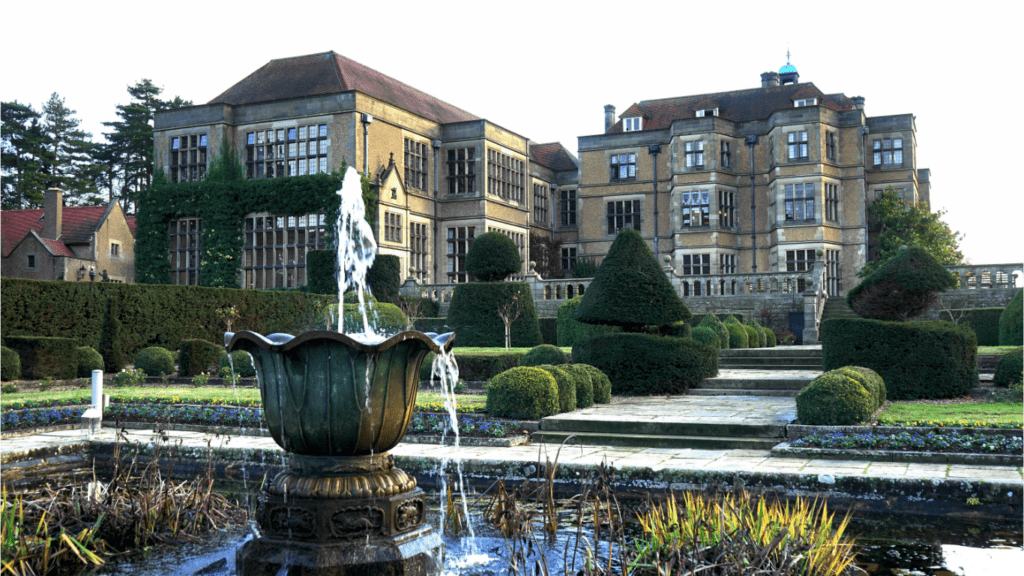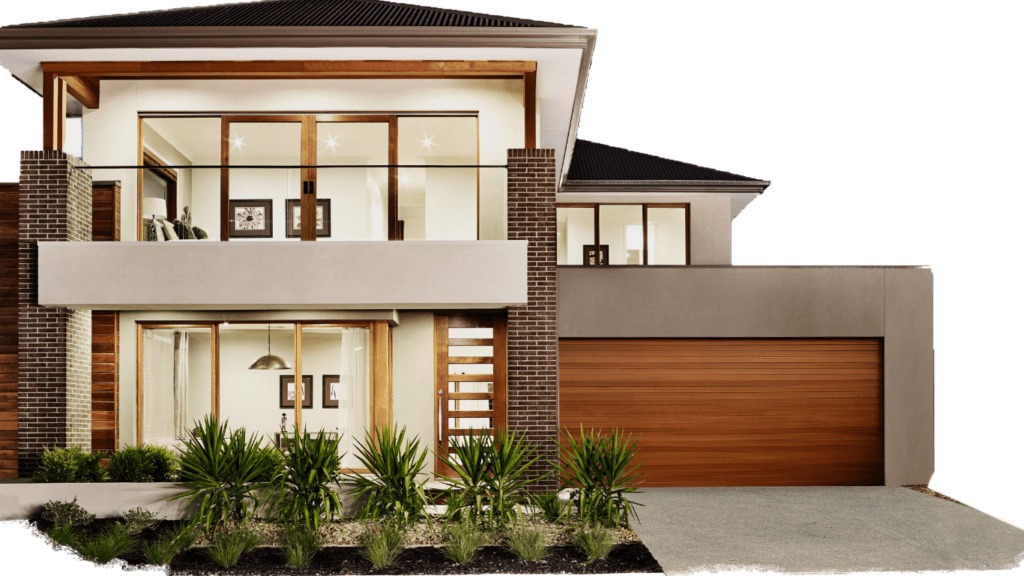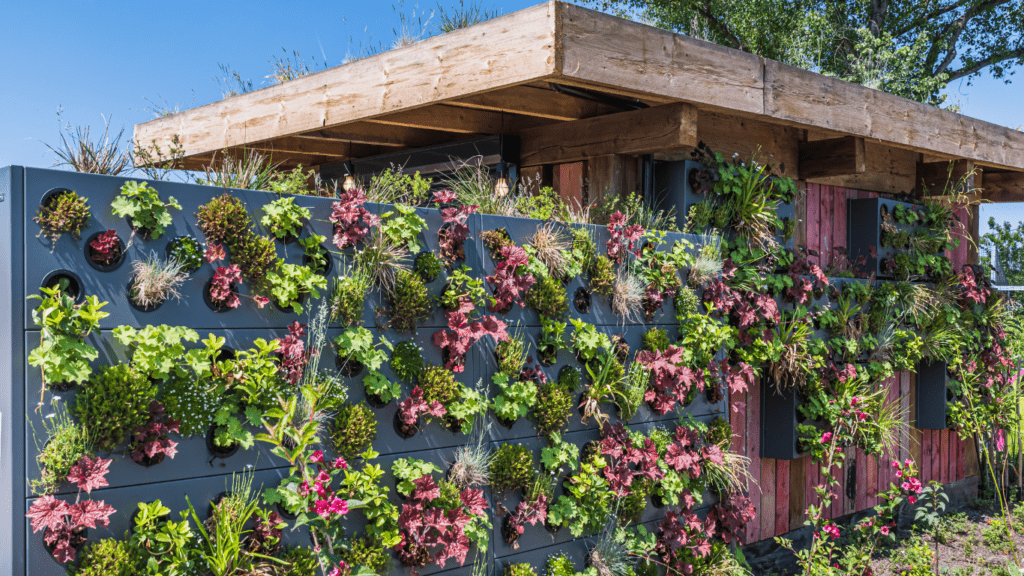The Rise of Low-Maintenance Landscaping
Low-maintenance landscaping has become a significant trend for 2024. Homeowners seek designs that reduce upkeep while still delivering visual appeal.
Benefits of Low-Maintenance Designs
Low-maintenance designs offer numerous advantages. They save time and reduce labor, allowing more leisure in outdoor spaces. These designs often use drought-resistant plants and efficient irrigation systems. Homeowners see lower water bills and appreciate the sustainable impact. Such designs also contribute to increased property value.
Popular Low-Maintenance Plants
Selecting the right plants ensures low-maintenance success. Succulents like Sedum and Agave require minimal watering. Ornamental grasses, such as Blue Fescue, add texture without needing frequent care. Perennials like Lavender and Catmint thrive with little attention. Native plants, specific to regions, adapt well and thrive naturally.
Water-Wise Landscaping Strategies
In 2024, water-wise landscaping strategies continue gaining traction as essential components of sustainable landscape design. By implementing water-efficient practices, homeowners can create vibrant, eco-friendly outdoor spaces.
Drought-Resistant Plant Choices
Choosing drought-resistant plants remains crucial in minimizing water usage. Succulents, like:
- Sedum
- Agave
store water in their leaves, reducing the need for frequent irrigation. Ornamental grasses, such as Blue Fescue, thrive in dry conditions due to their deep root systems. Perennials like Lavender and Catmint also perform well with limited water, making them ideal for water-savvy gardens.
Irrigation Techniques
Efficient irrigation techniques play a significant role in water conservation. Drip irrigation systems deliver water directly to plant roots, reducing evaporation and runoff. Smart irrigation controllers, equipped with weather sensors, adjust watering schedules based on real-time data, ensuring optimal moisture levels. Soaker hoses, which release water slowly, are another effective method for targeting plant roots while conserving water.
Rainwater Harvesting
Rainwater harvesting offers a sustainable way to irrigate landscapes. By collecting and storing rainwater in barrels or cisterns, homeowners can utilize this free resource to water plants. Installing gutter systems to direct rainwater into collection units helps maximize capture. Using harvested rainwater reduces reliance on municipal water supplies, aligning with eco-friendly landscaping goals.
Sustainable Landscaping Practices

Sustainable landscaping has become key in 2024 trends, focusing on eco-friendly and resource-efficient approaches. By adopting these practices, homeowners can create beautiful gardens that support the environment.
Native and Adaptive Plant Selections
Using native and adaptive plants is vital for creating sustainable landscapes. Native plants, like Milkweed and Coneflower, thrive in local climates with minimal care. These species require less water and resist pests better than non-native options. Adaptive plants, such as Mediterranean herbs like Lavender and Rosemary, adjust well to new environments. They support local wildlife and improve biodiversity in gardens.
Mulching and Composting
Mulching and composting play critical roles in sustainable landscaping. Organic mulches, like wood chips and straw, retain soil moisture, reduce weed growth, and moderate soil temperature. Composting turns kitchen scraps and yard waste into nutrient-rich soil amendments. Compost improves soil structure and fertility, enhancing plant health and reducing the need for synthetic fertilizers. Together, these practices contribute to soil conservation and healthy garden ecosystems.
Design Elements for 2024
Landscaping trends for 2024 prioritize low-maintenance and water-wise designs. Key design elements focus on hardscaping, outdoor living spaces, and edible landscaping.
Hardscaping Trends
- Hardscaping trends in 2024 embrace functionality and aesthetics.
- Permeable paving materials, like gravel and permeable concrete, minimize water runoff and enhance sustainability.
- Natural stone and reclaimed wood offer eco-friendly alternatives to traditional hardscaping.
- Minimalist design elements such as simple, clean lines and understated colors complement various landscape styles.
- Integrated lighting enhances both safety and night-time aesthetics, making gardens more usable after dark.
Outdoor Living Spaces
Outdoor living spaces gain prominence with adaptable and functional designs. Multi-use spaces, including fire pits, dining areas, and lounges, support various activities. Weather-resistant furniture and textiles ensure lasting durability in different climates. Built-in seating and modular furniture maximize space efficiency. Incorporating pergolas or shade sails protects against harsh sunlight, making outdoor areas comfortable year-round. Outdoor kitchens equipped with grills, sinks, and storage make cooking outside convenient and enjoyable.
Edible Landscaping
Edible landscaping merges beauty and practicality. Fruit trees, berry bushes, and vegetable gardens integrate into traditional landscapes, providing fresh, homegrown produce. Raised garden beds and vertical gardens optimize small spaces for growing food. Companion plants, like basil and tomatoes, enhance plant health and yield. Herbs, such as rosemary and thyme, add aromatic and culinary value while being low-maintenance. Integrating edible plants supports sustainability trends and promotes self-sufficiency.



 Wesleyero McGill – Founder & CEO
Wesleyero McGill is the visionary behind Castle Shelf House, bringing over a decade of experience in home renovation and design. His passion for creating beautiful, functional spaces has led him to establish this platform, where he shares the latest trends in interior and exterior design. As Founder and CEO, Wesleyero is dedicated to offering expert advice on furniture placement, home styling, and renovation, helping homeowners transform their spaces with ease and confidence.
Wesleyero McGill – Founder & CEO
Wesleyero McGill is the visionary behind Castle Shelf House, bringing over a decade of experience in home renovation and design. His passion for creating beautiful, functional spaces has led him to establish this platform, where he shares the latest trends in interior and exterior design. As Founder and CEO, Wesleyero is dedicated to offering expert advice on furniture placement, home styling, and renovation, helping homeowners transform their spaces with ease and confidence.
